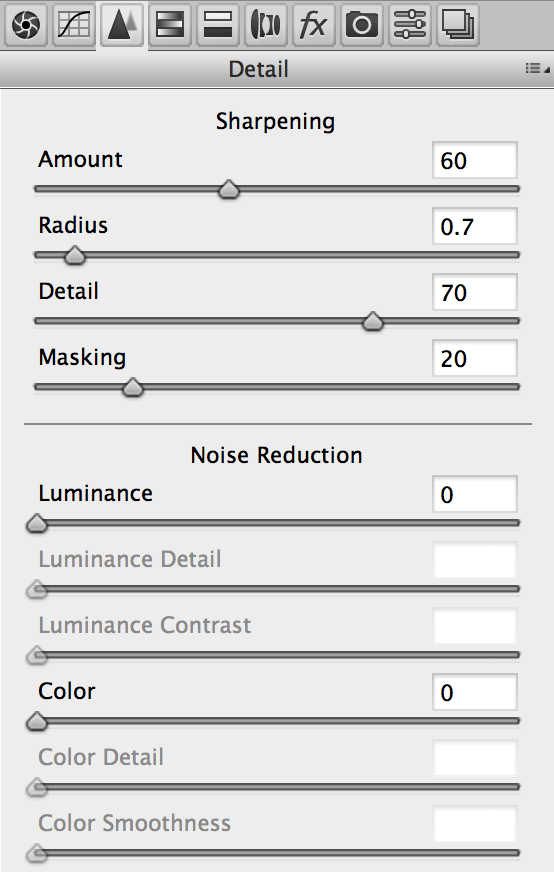EXCERPT page containing first few paragraphs. 2024-04-19 21:52:02
UA_SEARCH_BOT_compatible_botmozilla/5.0 applewebkit/537.36 (khtml, like gecko; compatible; claudebot/1.0; +claudebot@anthropic.com) @ 18.218.129.100
For full access, subscribe here. Or click title to login. ![]()

Mitigating A7R Micro Contrast Diffraction Losses with Sharpening
See also Sharpening A7R Raw Files in Adobe Camera Raw and Topaz InFocus.
This discussion uses an image from the 36-megapixel Sony A7R, but the same principle applies to any camera. The finer the pixel pitch (the smaller the pixels) the more diffraction degrades per-pixel image quality*. This stems from the size of the “circle of confusion”, which grows in size as the lens is stopped down, and places a hard limit on resolution.
Speaking in full frame terms and when utilizing high-grade lenses, diffraction effects for a 36 megapixel sensor result in a faint dulling of micro contrast at f/8, a very noticeable but manageable dulling at f/11, and so much dulling at f/16 that f/16 is visibly inferior to the lens wide open (for a high grade lens). Moving to a ~54 megapixel sensor, take off one stop: f/11 is degraded to a similar degree as f/16 as on the 36-megapixel sensor. Again, this is on a per pixel basis.
Article continues for subscribers...
Diglloyd Guide to Mirrorless is by yearly subscription. Subscribe now for about 25 cents a day ($90/year).
BEST DEAL: get full access to ALL 8 PUBLICATIONS for only about 75 cents a day!
Diglloyd Guide to Mirrorless offers comprehensive integrated coverage of most APS-C and full frame mirrorless cameras and lenses.
Special emphasis is placed on Sony full-frame, including Sony lenses and the high performance Zeiss Batis and Zeiss Loxia lenses plus Rokinon/Samyang and others. Fujifilm X, Olympus and Panasonic M4/3, Sigma dp Merrill and dp/sd Quattro are also covered in depth. Years in the making, it offers a wealth of material for choosing and using a mirrorless camera.
- Make better images by learning how to get the best results right away. For example, the best way to set up your Sony camera.
- Save money by choosing the right lens for your needs the first time, particularly with the numerous lenses available for Sony.
- Make better images, a sort of “cheat sheet” saving yourself months or years of ad-hoc learning—best practices and how-to and processing parameters are discussed and shown.
- Jaw-dropping image quality found nowhere else utilizing Retina-grade images up to full camera resolution, plus large crops.
- Real world examples with insights found nowhere else. Make sharper images just by understanding lens behavior you won’t read about elsewhere.
- Aperture series from wide open through stopped down, showing the full range of lens performance and bokeh.
- Optical quality analysis of field curvature, focus shift, sharpness, flare, distortion, and performance in the field.
Want a preview? Click on any page below to see an excerpt as well as extensive blog coverage, for example on Sony.


